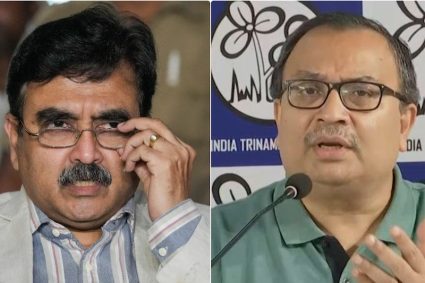

The 2024 Interim Budget marks a significant chapter in India’s fiscal management during transitional phases. Traditionally serving as a temporary financial plan as a government’s term concludes, Interim Budgets have evolved over the years. Once routine exercises with limited policy changes, they now hold greater importance as platforms for announcing key reforms. This shift reflects the changing political and economic landscape, where transitional periods are viewed as critical for shaping the nation’s future.
The primary aim of an Interim Budget remains ensuring continuity in government spending and administrative functions, thereby preventing a policy vacuum. While traditionally avoiding major policy shifts, recent trends suggest a departure from this norm. Expectations for the 2024 Interim Budget are high, with stakeholders anticipating announcements that could set the stage for the subsequent full-fledged Budget. Economic challenges, both global and domestic, underscore the need for effective responses from the government.

Speculation surrounds potential measures in various sectors, including agriculture. There are talks of increasing annual payouts to women farmers who own land, possibly doubling the current amounts. This move is seen as a strategic effort to appeal to women voters ahead of the upcoming general elections.
As the government prepares to unveil its financial roadmap for the interim period, the Interim Budget for 2024 represents a blend of continuity and change. It reflects the government’s response to immediate economic concerns while laying the groundwork for future reforms. Beyond mere numbers and allocations, the nation awaits the strategic vision that will shape India’s economic trajectory in the months ahead. The Interim Budget transcends being a mere fiscal document; it serves as a statement of intent guiding the economic narrative for the interim period and beyond.















